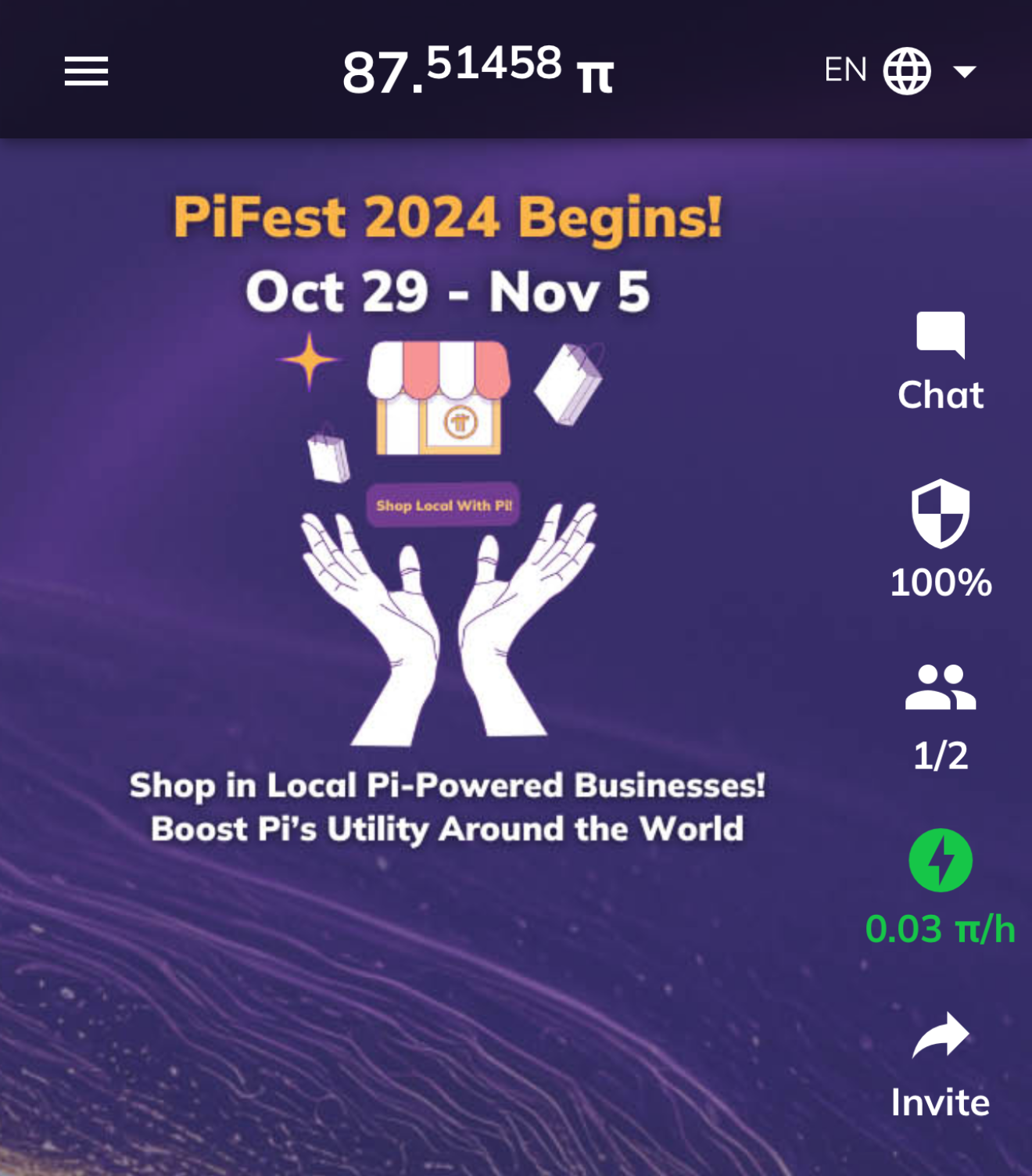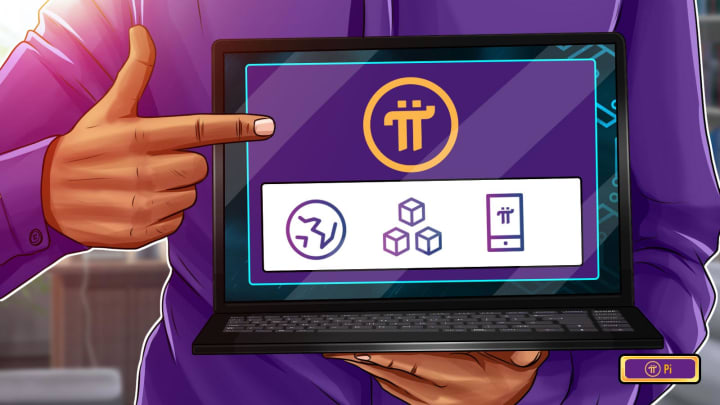How Pi Network Is Planning For Web3 Integration

Executive Summary

Pi Network, a cryptocurrency project aiming for mainstream adoption, is strategically positioning itself for significant integration within the burgeoning Web3 ecosystem. This integration hinges on several key pillars: enhancing its scalability and transaction speed, fostering a vibrant developer ecosystem, building decentralized applications (dApps), and ensuring a seamless user experience for its millions of users. This article delves into Pi Network’s plans, addressing common concerns and outlining the crucial steps they are taking to achieve a successful Web3 transition. Success in this endeavor will significantly impact the future value and utility of the Pi cryptocurrency.

Introduction
Pi Network, with its novel mobile mining approach, has amassed a substantial user base. However, to truly thrive in the competitive Web3 landscape, Pi needs to seamlessly integrate its existing infrastructure with the decentralized technologies that define Web3. This requires careful planning, strategic partnerships, and a commitment to ongoing development. This article will explore the key aspects of Pi Network’s Web3 strategy and address common questions surrounding its future.
Frequently Asked Questions (FAQs)
-
Q: Will Pi Network become fully decentralized? A: Pi Network’s roadmap indicates a gradual transition towards decentralization, involving the eventual handover of control to the community through a robust governance model. The timeline for full decentralization is still being developed.
-
Q: What is Pi Network doing to improve its transaction speed and scalability? A: Pi Network is actively investing in research and development to optimize its blockchain technology, exploring solutions like sharding and layer-2 scaling solutions to handle increased transaction volume and improve speed.
-
Q: How can developers build on the Pi Network platform? A: Pi Network is creating a comprehensive developer toolkit and providing resources, documentation, and support to encourage the development of decentralized applications (dApps) within its ecosystem. They are focusing on ease of use and accessibility for developers of all skill levels.
Enhanced Scalability and Transaction Speed
Pi Network’s current infrastructure needs significant upgrades to support the demands of a thriving Web3 environment. Increased transaction volume necessitates a solution for improved scalability and speed.
- Sharding: Dividing the blockchain into smaller, more manageable shards to process transactions concurrently. This reduces latency and increases throughput.
- Layer-2 Solutions: Utilizing secondary layers on top of the main blockchain to handle transactions off-chain, reducing congestion and improving speed. Examples include state channels and rollups.
- Optimized Consensus Mechanism: Refining the existing consensus mechanism to enhance efficiency and reduce energy consumption while maintaining security.
- Improved Network Infrastructure: Investing in advanced network infrastructure to ensure low latency and high bandwidth for fast and reliable transactions.
- Technological Partnerships: Collaborating with leading blockchain developers and researchers to leverage their expertise and accelerate innovation.
Fostering a Vibrant Developer Ecosystem
A thriving Web3 ecosystem requires a robust community of developers building innovative applications. Pi Network recognizes this and is actively working to attract and support developers.
- Comprehensive SDKs (Software Development Kits): Providing easy-to-use SDKs with comprehensive documentation and tutorials to simplify the development process.
- Developer Grants and Incentives: Offering grants and other incentives to encourage developers to build dApps on the Pi Network platform.
- Hackathons and Community Events: Organizing hackathons and other events to foster collaboration and innovation among developers.
- Dedicated Developer Support: Establishing a robust support system to assist developers with any questions or challenges they encounter.
- Open-Source Initiatives: Promoting open-source development to foster transparency, collaboration, and community ownership.
Decentralized Application (dApp) Development
The development of decentralized applications is crucial for Pi Network’s Web3 integration. These dApps will provide real-world utility and attract users to the platform.
- Focus on User-Friendly dApps: Prioritizing the development of dApps that are intuitive and easy to use, even for non-technical users.
- Diverse Range of dApps: Supporting the development of a diverse range of dApps across various sectors, such as finance, gaming, social media, and more.
- Integration with Existing Services: Enabling seamless integration with existing services and platforms to expand the reach and utility of Pi Network’s dApps.
- Security Audits and Best Practices: Implementing rigorous security audits and best practices to ensure the safety and security of dApps built on the platform.
- Community Governance for dApp Development: Incorporating community feedback and input into the development process to ensure that dApps meet user needs.
Enhanced User Experience (UX) and Accessibility
A positive user experience is paramount for widespread adoption. Pi Network needs to ensure its platform is accessible and user-friendly.
- Intuitive Interface: Designing an intuitive and easy-to-navigate interface that is accessible to users of all technical skill levels.
- Simplified Onboarding: Streamlining the onboarding process to make it quick and easy for new users to join the Pi Network ecosystem.
- Educational Resources: Providing comprehensive educational resources to help users understand the platform and its functionalities.
- Multilingual Support: Offering support in multiple languages to cater to a global user base.
- Mobile-First Approach: Maintaining a mobile-first approach, recognizing the importance of mobile accessibility for a vast segment of users.
Conclusion
Pi Network’s plans for Web3 integration represent a bold and ambitious vision. The success of this transition will depend on the effective execution of its strategic initiatives, including enhancing scalability, fostering a vibrant developer community, building a diverse range of dApps, and ensuring a seamless and accessible user experience. While challenges undoubtedly exist, the significant user base and committed development team suggest that Pi Network has the potential to become a prominent player in the Web3 space. Continuous innovation, community engagement, and a focus on user needs will be crucial in determining the ultimate success of this ambitious undertaking.
Keyword Tags
Pi Network, Web3 Integration, Cryptocurrency, Decentralized Applications (dApps), Blockchain Scalability


